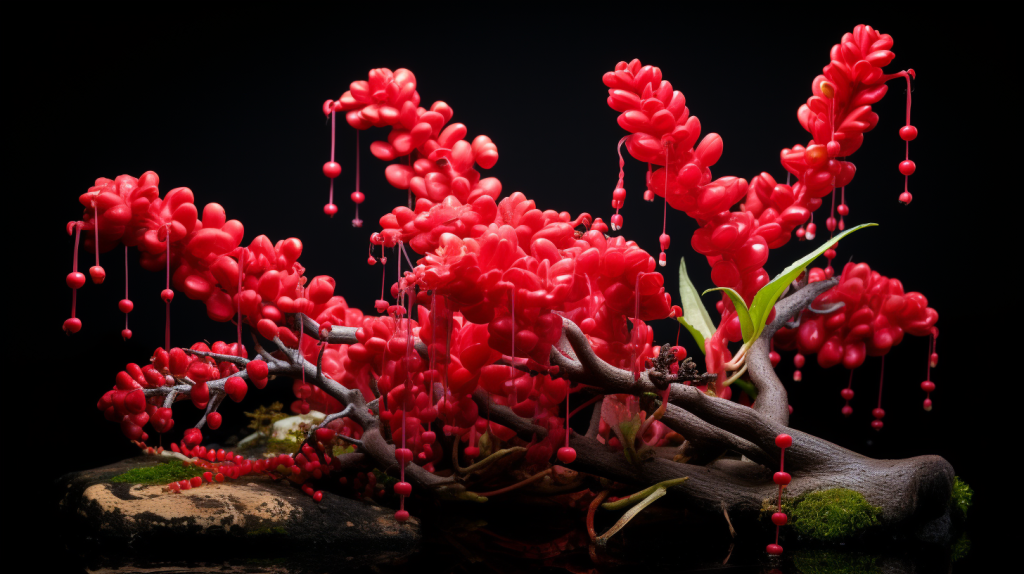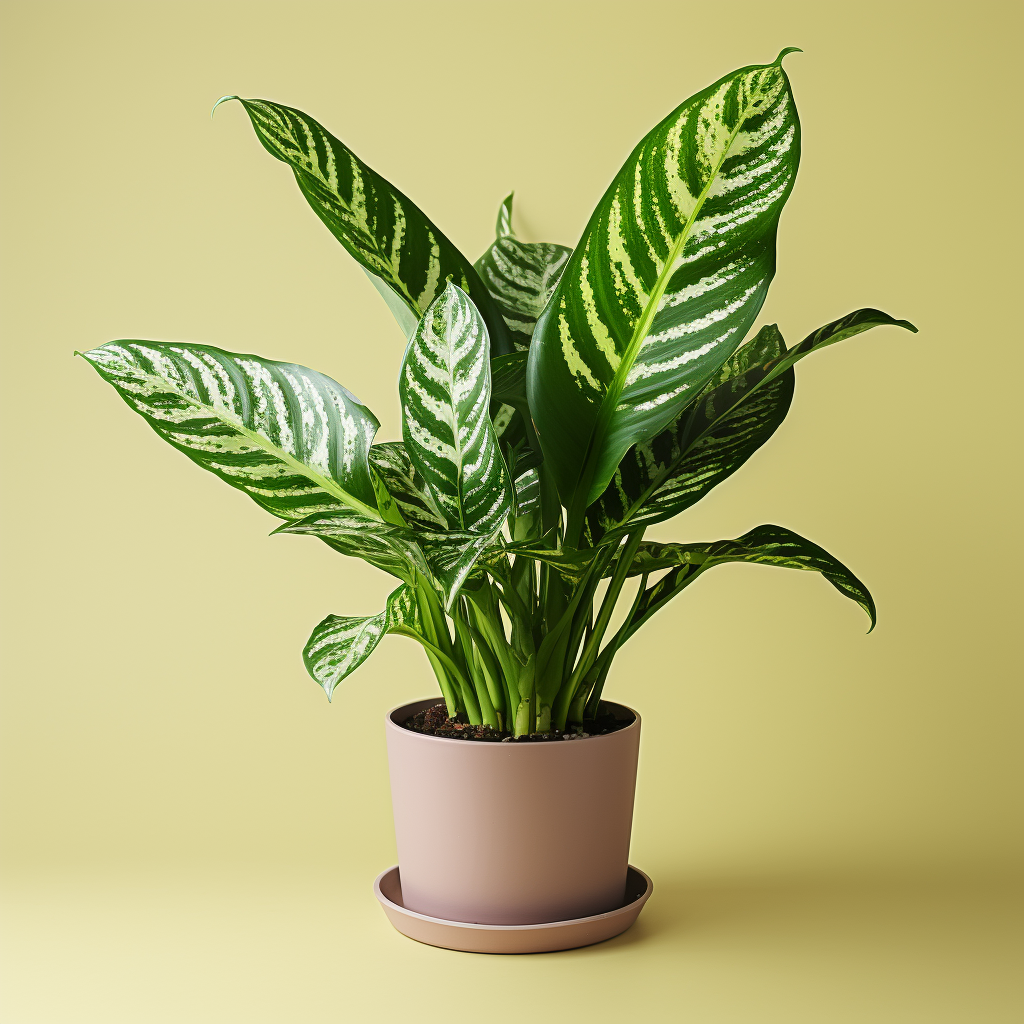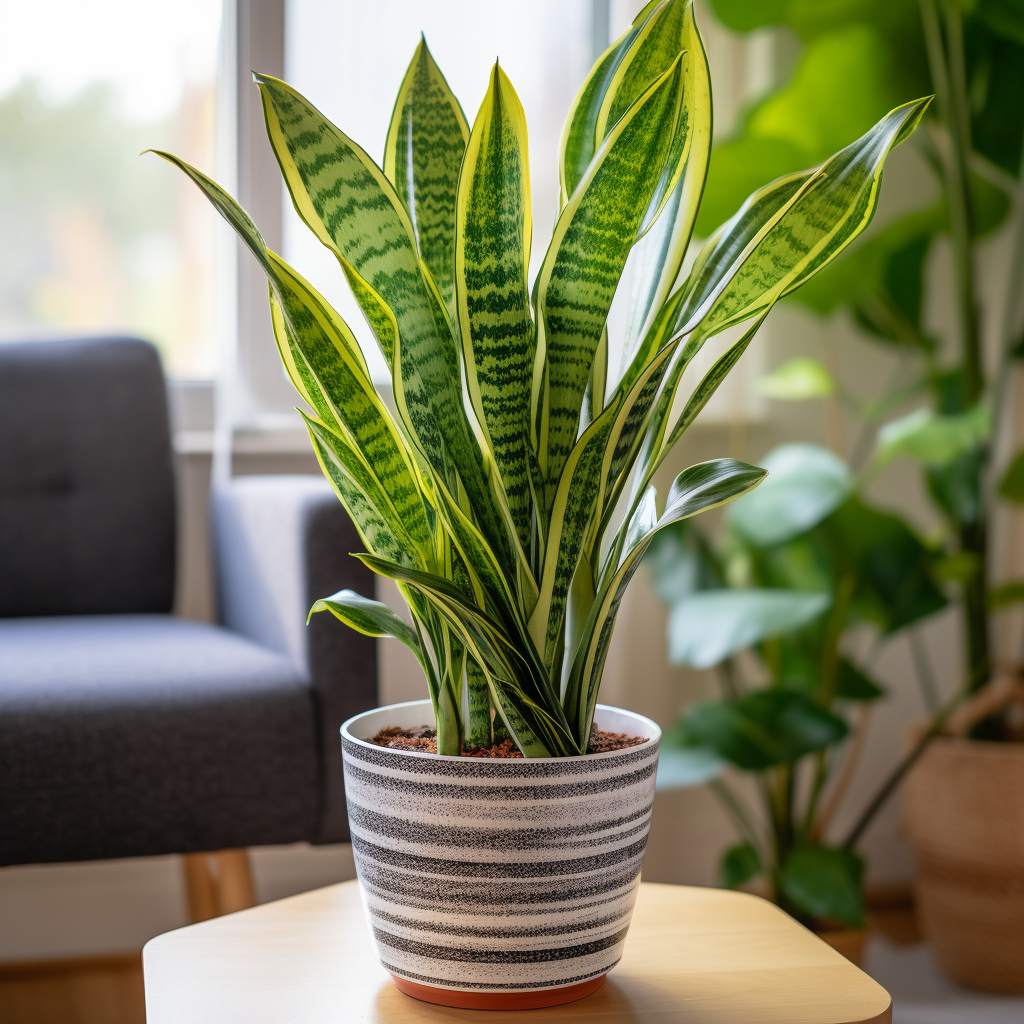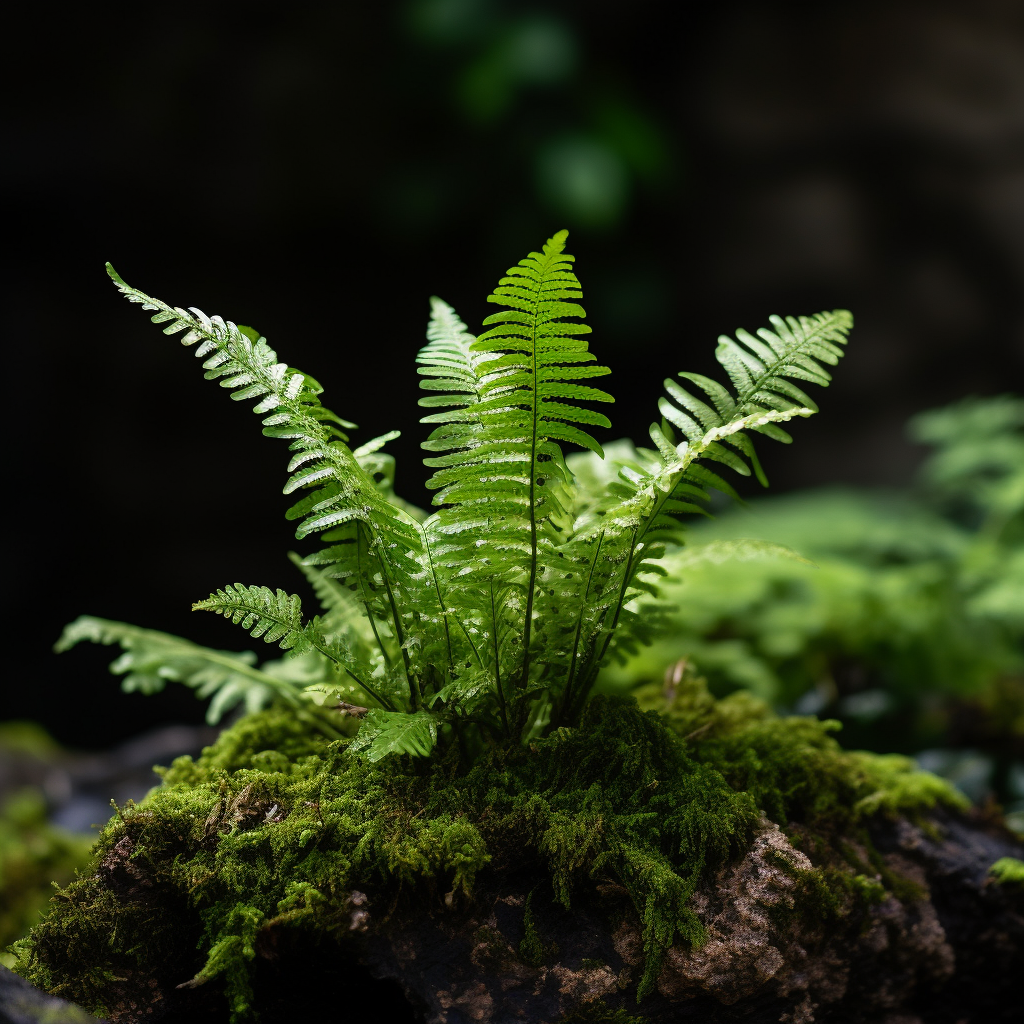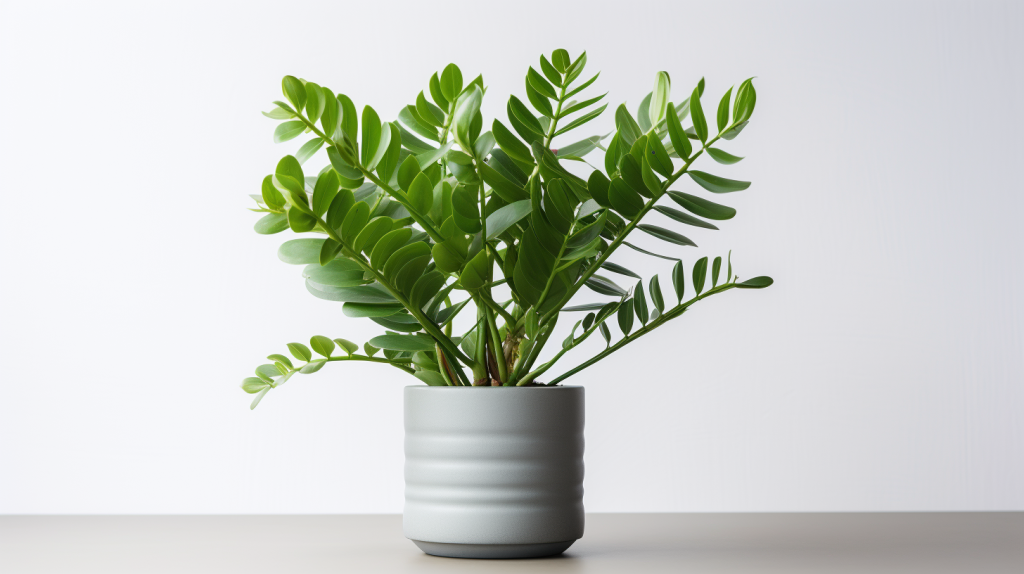The Coral Bead Plant is an enigmatic, low-maintenance, but visually striking houseplant that adds charm to any indoor space. If you’ve ever wondered about this beautiful plant and how to care for it, you’re in for a treat! Here’s everything you need to know about this magnificent plant and how to ensure it thrives under your care.
What is the Coral Bead Plant?
Simply put, the Coral Bead Plant, also known by its scientific name Nertera granadensis, is a charming, perennial ground cover that is native to various regions of the world including South America, New Zealand, and Australia.
Description Of Coral Bead Plant
This plant is a rhizomatous herb with creeping stems. Its uniqueness doesn’t just stem from its vibrant beads but from the dense, luscious green leaves that accompany these beads. The combination provides a visual treat, making it a favorite for indoor plant enthusiasts.
What Does The Coral Bead Plant Look Like?
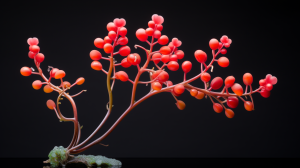
Imagine tiny, glossy beads sprinkled on a bed of rich, deep green leaves. These beads vary from fiery orange to deep red. Its cascading nature makes it perfect for hanging baskets or decorative containers.
Coral Bead Plant Flowering
The flowering of the Coral Bead Plant is a sight to behold. Before the appearance of the iconic coral beads, the plant produces tiny, inconspicuous white flowers. These flowers subsequently give way to the colorful bead-like fruits, which are the main attraction.
Displaying Coral Bead Plant
To showcase its true beauty, it’s best displayed in hanging pots or containers with good drainage. Placing it on a high shelf or suspending it from the ceiling allows the beads to cascade beautifully.
Is The Coral Bead Plant Poisonous?
Yes, while enchanting to look at, the Coral Bead Plant’s beads are poisonous when ingested. They can cause mild stomach upsets. It’s essential to keep them away from pets and children.
Coral Bead Plant Facts
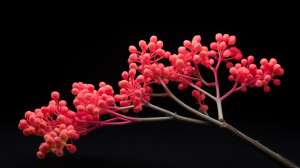
Here’s a snapshot of this fascinating plant:
| Attribute | Details |
|---|---|
| Scientific Name | Nertera granadensis |
| Native Regions | South America, New Zealand, Australia |
| Growth Form | Rhizomatous herb with creeping stems |
| Flower Color | White |
| Fruit Appearance | Bead-like, varying from orange to deep red |
| Toxicity | Beads are mildly toxic if ingested |
Caring For Coral Bead Plant
For this plant to thrive:
| Care Aspect | Guideline |
|---|---|
| Light | Bright, indirect light |
| Soil | Well-draining, peat-based mix |
| Watering | Allow the soil to dry out between watering |
| Humidity | High – mist occasionally |
| Fertilizing | Use diluted liquid fertilizer every 2-4 weeks |
Common Problems
Coral Bead Plants can sometimes face issues like:
- Pest Attacks: Aphids and spider mites can sometimes plague this plant.
- Leaf Yellowing: Overwatering is usually the culprit.
- Beads Not Forming: The plant might not be receiving adequate light.
Frequently Asked Questions
- How often should I water my Coral Bead Plant?
- Water it when the top inch of the soil feels dry to the touch.
- Can I propagate the Coral Bead Plant?
- Yes, through stem cuttings.
- Is it safe for pets?
- No, it’s best to keep them away from pets.
- Why are my beads shriveling up?
- This can happen due to underwatering or too much direct sunlight.
- Can the Coral Bead Plant survive outdoors?
- In frost-free climates, yes. Otherwise, it’s best as an indoor plant.
- Does it require frequent repotting?
- No, you can repot every 2-3 years or when it outgrows its container.
Conclusion
The Coral Bead Plant is not just another houseplant; it’s a spectacle. With its radiant beads and lush green foliage, it’s sure to be a conversation starter. With the right care, this plant can thrive and become a cherished part of your indoor garden.

